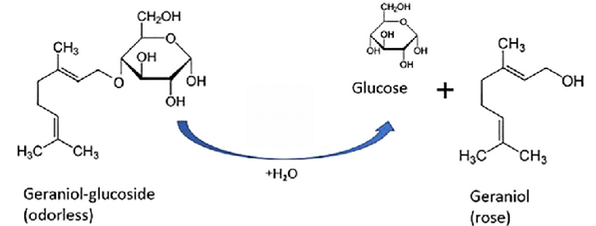Lallemand Brewing have just released this new product.
https://www.lallemandbrewing.com/en/united-states/product-details/abv-aromazyme/
https://www.lallemandbrewing.com/en/united-states/product-details/abv-aromazyme/
- Increases the diversity of hop flavors and aroma by changing the ratio
of specific terpene compounds - Enhances the beer mouthfeel and drinkability by reducing unpleasant harsh bitterness
- Slightly increases wort fermentability
- Expresses more character from less sophisticated hop varieties
















![Craft A Brew - Safale S-04 Dry Yeast - Fermentis - English Ale Dry Yeast - For English and American Ales and Hard Apple Ciders - Ingredients for Home Brewing - Beer Making Supplies - [1 Pack]](https://m.media-amazon.com/images/I/41fVGNh6JfL._SL500_.jpg)









































